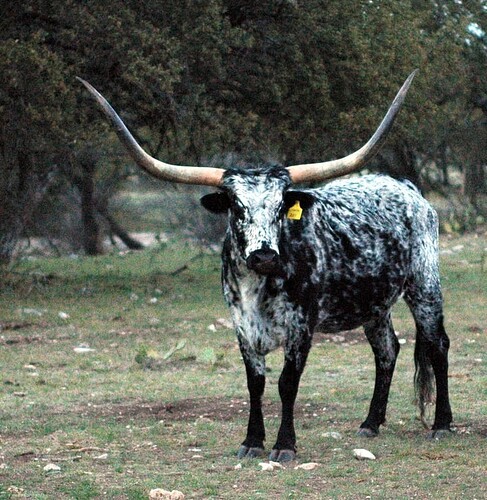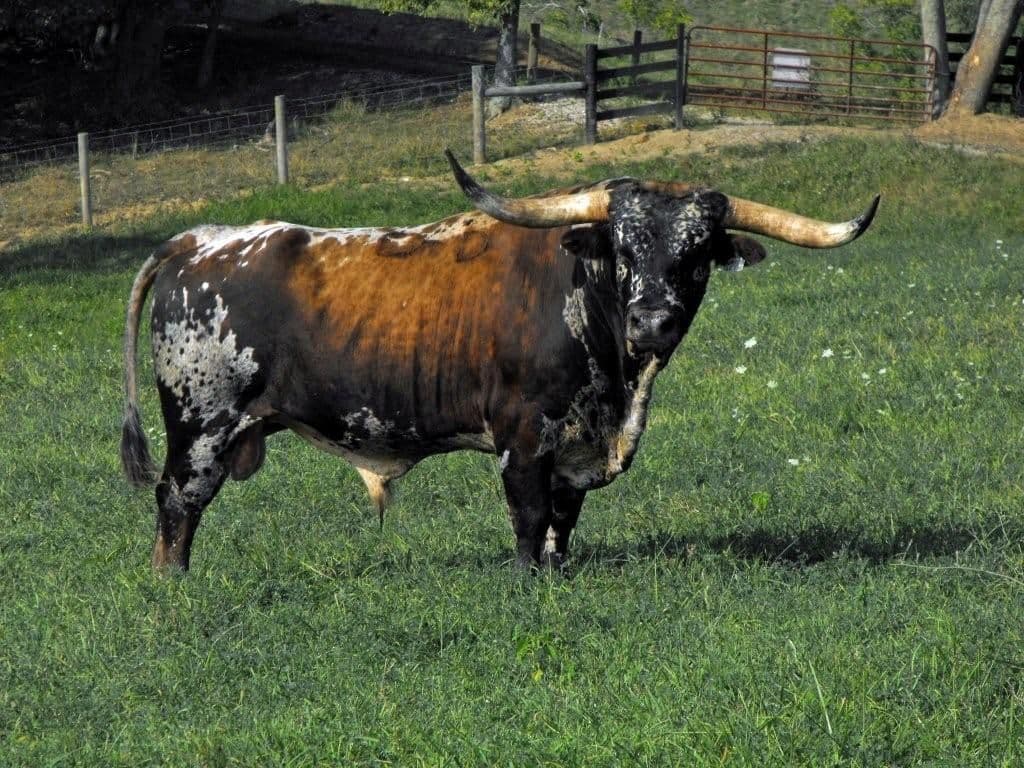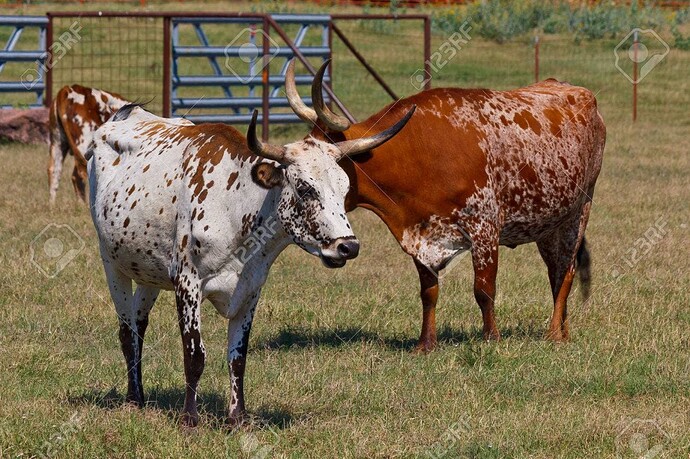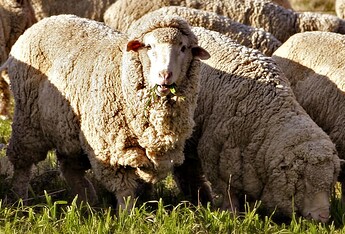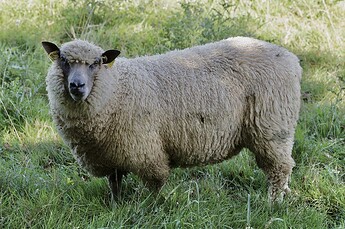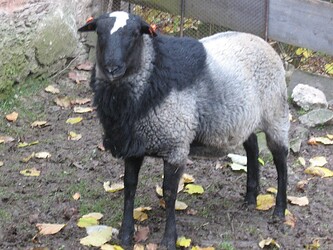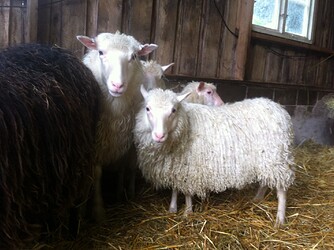Once again they spot the key problem of a mechanic, this time being livestock, and the problem being having to hand-pick fattened ones and micro villagers constantly in the late game (aoe2 farms), and give the solution only to the new civ (can you imagine only one civ in aoe2 can auto-reseed farms?)
Cmon this is not a good way to improve the game  Something should be generally viable first, then get unique bonus for some new civs.
Something should be generally viable first, then get unique bonus for some new civs.
African cattle must also be managed. You should look at when it is appropriate to sell it and before the improvement that grants replacement calves you must create the cows. It is also a non-tedious micromanagement.
If they give astronaut skins to the explorers, better give the skins to the cattle by showing them of different breeds. Just as they did with the yamas of the Incas.
For the United States:
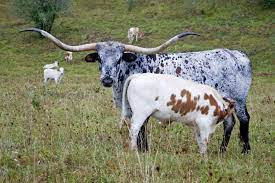
For Mexico:
I think it would be more suitable than an astronaut in the seventeenth century
Even wild and domestic pigs could be added at the same time. Same with cows. On the map of texas instead of adding abandoned or lost cows, they could add herds of cows as if they were herds of any other wild animal. In other words, you would hunt them down instead of capturing them.
I just noticed that African cattle are more productive than standard cattle. Around 30-32% less than African livestock, this means that African civilizations have a more relevant livestock economy than I thought.
The standard fattened cow produces 0.45 of influence per second.
The fattened African cow produces 0.65 of influence per second.
(0.4375 / s) This is the value that I had proposed for the production of European cattle, so I was very close. (Of course, this value is completely converted to food per second and not to influence. So this means that if it is 30% less than African cattle it would be 0.30625 / s.)
However, cattle could produce what I originally proposed, but reinvestment would increase by 30%. We would go from reinvesting 20 food + 15 coins to reinvesting 30 food + 20 coins per cow (An approximate).
With the reinvestment mechanism it could be balanced more easily, also the cattle would not gain weight while producing.
European cows could cost 80 food + 20 gold for a better balance in the standard game.
Nunca entendí porque el ganado cuesta alimento, ¿no seria mejor que solo cueste oro?
There are two very marked differences between agriculture and livestock:
Agriculture makes better use of space and land so you will have more food than what livestock would generate. But it requires more manpower.
Livestock can be managed by fewer people, but it requires a lot of land to graze and a lot of inputs. You also have to wait around 2 years for a cow to be productive, while crops take months and can be more renewable.
So cattle could be said to be more expensive so it would make sense that they cost coins in addition to food.
Gracias por responder. ![]()
Entiendo la lógica detrás de tu razonamiento, pero lo preguntaba mas en el sentido de gameplay. ![]()
Ganado y Corrales:
Para mi el Corral debería tener una mecánica de producción de oro que evita que engorde el ganado y una tarjeta similar a barbacoa. (México)
El ganado tendría que costar 80 o 100 de oro.
PD: En mi opinión, parece contradictorio crear vacas a base de comida, si tengo alimento no necesito las vacas y si necesito las vacas es porque me falta alimento.
I know you mean gameplay, but I like to make sense of things.
…but the inputs for raising cattle are just food so it would make sense that they cost only food.
Great research and suggestions, especially the background infos are top!
I do think the main points holding livestock back are
- the heavy upfront investment (Livestock pen + sheep or even 1 card) to get started
- high micro invstement necessary to make them useful in lategame
- No real potential to upgrade (except for fulling mills)
I do think a good idea to maybe make them a bit more viable is to give them some immediate bonuses (similar to mexico or african civs, where they immediatly gather ressources).This would have heavy balance implications to, so probably its best to keep them untouched and change minor things.
The main problem with livestock in the game is the entry barrier not their economic potential.
Cheapen livestock pens; 200 wood is a lot in the early game and that’s when the benefit of investing your easy to collect food supply (hunts) is the most beneficial
Uncard requirements for making cows (make them fortress age).
It’s good to make livestock when you’ve already got a food surplus and the earlier the better.
Yes, but there is supposed to be a process behind all that, like buying hay, concentrates, etc. Although in real life it would vary from one race to another depending on their purpose or their adaptability to the environment.
I think this could be fixed as already suggested throughout the forum. With cards.
Maybe it might not be an available opening feature, maybe it must be enabled with a card.
Could be like this:
A card enables the shearing of sheep and the milking of cows.
Another card extends the limit of these.
It could also be available from the beginning, but with a much lower income than what I have suggested, but it would be improved with cards.
The idea is that this is an alternative to 2 situations:
There is little hunting on the map, so you would send a shipment of cattle from the metropolis.
There are lost cows or sheep, so you would build a corral and take advantage of the animals you capture.
One comparison that I have used for this is fishing. You will need fishing and boat cards for the strategy to be feasible in the short term. (Cheap fishing boats, improvement in the collection of wood, you give up a little or a lot of hunting, etc).
So if the player decides to opt for this branch of the economy, it means that he renounces others, or it means that it is the most sensible thing to do. As Mexico has a multitude of options, giving just one more option to traditional civilizations is no exaggeration.
For that price of 200 lumber, the profits should be higher. The current price only makes them even more useless.
You will still have to wait for the cattle to fatten and make improvements to accelerate the fattening rate, so a drip would be best.
It would also be better to send you the corral from the metropolis, but if these changes happen, it should be less sheep than the seven it grants, or it could also be a corral + 2 cows.
Buying hay would not be feasible for a preindustrial farmer. It’s a considerable amount of work even with today’s technology and transporting hay would be even more of a challenge before mechanization. The article below talks about the history, and it sounds like cattle would often just starve in winter.
By “concentrates” do you mean mineral licks? Animals need those but if they aren’t provided, they find natural ones or eat dirt to get minerals.
Preindustrial ranching could be done without any exchange of money at all, and when it did, it would mostly be when selling finished livestock.
With the amount of research you’ve done on livestock you might be interested in an exchange program such as this:
There are many variables. That’s why I say it depends on the environment and the breed.
Cattle in the tropics are not the same as cattle in seasonal zones. For example, yaks are cattle adapted to extreme cold. There are endless possibilities.
It could cost food and gold more on balance than on historical grounds.
Much of this information could be used as cards or improvements that make the cattle cheaper, or the reinvestment is less. It could be an industrial age card.
Yes, essential for livestock and ruminants in general.
Many roads that the United States has today were made by bison migrations originally just to look for salt.
Other evidence of our native wood bison is found in place names throughout the region—names like Lick Log. Naturally occurring salt deposits attracted bison and other mammals, and the local hunters could depend upon regular visits by bison or elk to these “licks.” The many creeks and mountains with “bull” in the name were likely named for bison bulls, not domestic cattle bulls.
Should the shipment of 20 sheep to Mexico enable its creation?
The Spanish could trade cows in exchange for experience once they ally themselves with a local town.

“The first cowboys in Texas were Spanish and Indian vaqueros who rode horses and worked with cattle in south Texas missions. Mission Espíritu Santo, established by Spanish priests in 1749 to convert the Aranama Indians to Christianity, was the first great cattle ranch in Texas with more than 40,000 head of livestock! At this mission near Goliad, and at others like it, the Spanish vaqueros taught the Indians to ride, rope, and brand cattle. What we associate with cowboys—such as saddles, chaps, ropes, lassos, spurs, bandanas, and the rodeo (round-up)—comes from Spanish vaquero traditions that developed at south Texas missions and at family ranches along the Rio Grande.” Fantastic Facts
List of sheep breeds:
Spain

Merino - Wikipedia
British
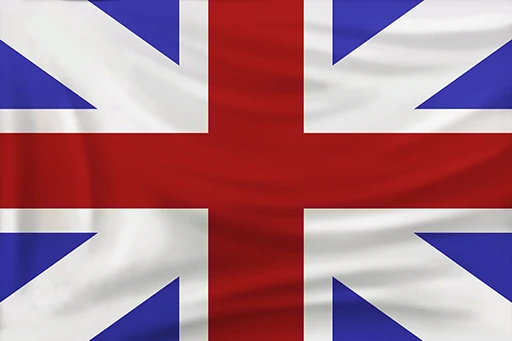
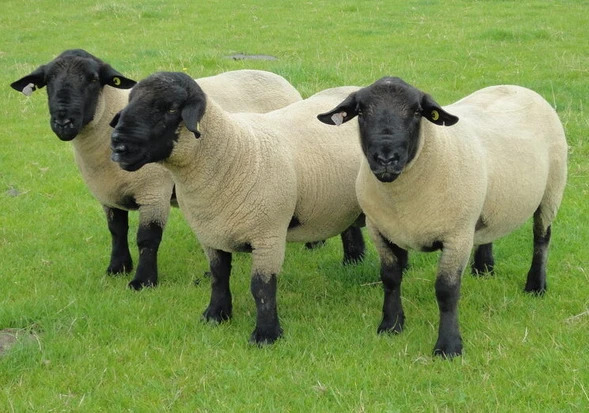
Suffolk
‘The flagship British Breed’. Long black ears with accompanying black face and legs with a white fleece. Doe eyed, docile and gentle in manner. Sturdy in stature. One of the most instantly recognisable breeds.
This black-faced sheep is raised mainly for meat, the Suffolk was first recorded in 1797. Developed in East Anglia, they were produced by crossing Norfolk Horn ewes with Southdown rams. Large in stature with a big muscular frame, the sheep can be developed to heavier weights without getting fat and instead produces good quality lean meat. British sheep guide: common breeds and how to recognise them - Countryfile.com.
French

Bleu du Maine - Wikipedia
Portuguese
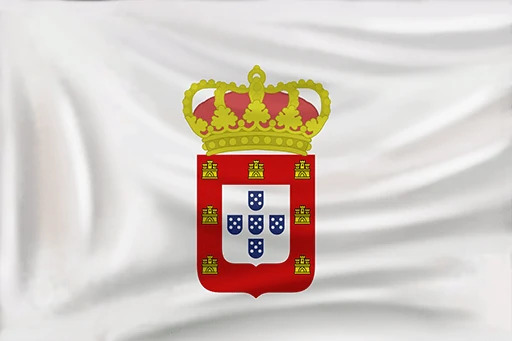
Borrego do Nordeste Alentejano
This lamb comes from Merino sheep crossbreeds raised in the municipality of Portalegre. Sheep have been raised in this region for centuries, and they are used to produce both meat and wool. They are mostly fed on crop cuttings, wild herbs, and grasses. Nordeste Alentejano lamb has a unique flavor and a succulent, juicy consistency.
It is characterized by its low fat content, which gives it a light yet complex flavor. This meat is an essential ingredient in traditional regional Portuguese dishes, but it is most often eaten simply roasted together with potatoes. Borrego do Nordeste Alentejano | Local Lamb From Portalegre District, Portugal | TasteAtlas
Dutch

Texel sheep - Wikipedia
Russians
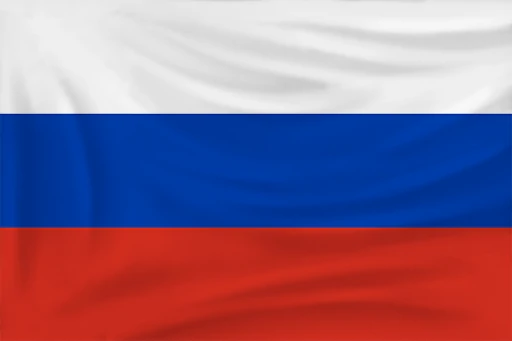
Romanov sheep - Wikipedia
Germans

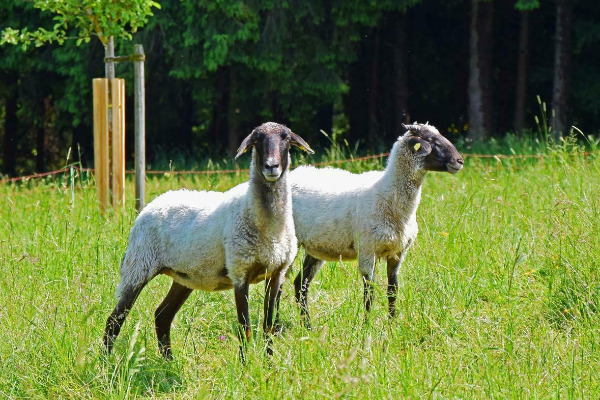
Alpines Steinschaf - Wikipedia
Ottomans
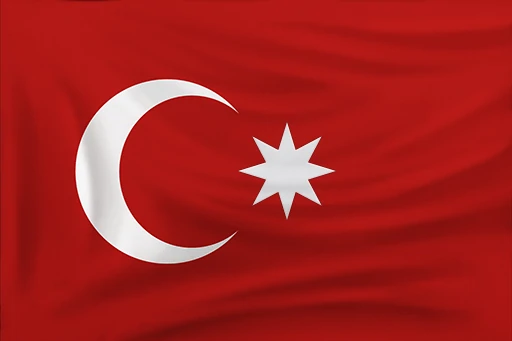
Karayaka - Wikipedia
Swedes
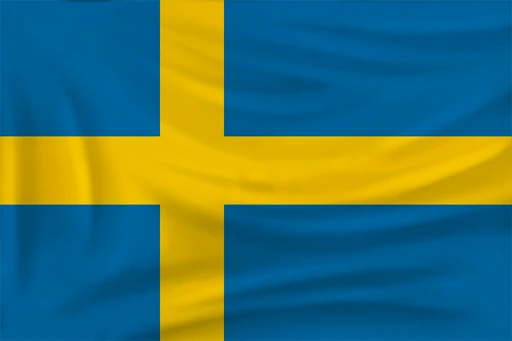
Rya sheep
Rya sheep are raised mainly for wool production. The breed is native to Sweden. The Rya sheep also called by Ryafår or Swedish Carpet Wool Sheep . The Rya sheep have a unique wool type that is long, wavy and shiny, which is often used to make carpets. https://learnnaturalfarming.com/rya-sheep-information/
I like ur Ideas hope they get a chance 
Lakota and Haudenosaunee are one of those civilizations that need a redesign in their economy, especially in the way they obtain coins.
From what I’ve researched, ranching doesn’t make historical sense for these 2 civilizations. Maybe the information is scarce, or maybe I don’t know where to look, or maybe they never really domesticated livestock like cows and sheep. But taking into account that they used cavalry, they could possibly have had other animals of western origin. But in case the Haudenosaunee and Lakota “livestock” were not, they could be bison, elk and deer. Possible New plot solution on obtaining Lakota and Haudenosaunee coins
Someone who knows history could clarify if these 2 civilizations could have been ranchers.
que tal crear ovejas laneras? osea tener ovejas que engorden pero produscan oro al engordar y una vez hecho se esquirlan y vuelta a empezar (en consecuencia se demoran un poco mas en engordar)
Yes good idea. On average it would be once a year if we talk about real life. In this way they would not be sacrificed either.
A good way to implement it is that each sheep reaches its top every time a round is finished. Namely:
There are 30 sheep, and the time it takes for the villager to harvest the wool from these 30 sheep, would be the time each sheep produces wool. So it would be automatic.
But 30 would be too much so 15 per villager would be fine.
Each round takes 5 minutes to complete and that’s how long it would take for each sheep to be ready for shearing.
Cattle aren’t usually a popular theme in the videogames realm, which is a shame. The best so far is Farming Simulator, which personally seems a bit boring to me, but it would fit very well in an RTS.
